Over the past couple of years I’ve grown to love a few products that help simplify and improve how I care for my flock. From ducks to turkeys to chickens, I found what works best and a few others that weren’t worth the money spent.
Hopefully through our trial and error here on 25 Acres, we can help you find a few good products to make life a little easier. Here are the top 10 products that this farm will never be without.
1. La Crosse Technology Wireless Thermometer – WS-9160U-IT
This wireless thermometer by La Crosse Technology is a life saver here on the farm. Whether it is the middle of a scorching hot summer or the frigid winter, at a glance I can see what the environment in the coop is like. Forget about having to leave the comfort of your home. It has a 330 ft wireless reach which works well here on our farm.
This wireless thermometer can accommodate up to 3 temperature sensors. If rearing new chicks, you can mount one inside the brooder, another near the adult roost bar and perhaps one in the outdoor run area. At around $25 with 1 sensor, this is an absolute must-have product.
CLICK HERE to order the La Crosse Technology Wireless Thermometer.
2. 24-hour, 3-prong plug-in, Programmable Timer & Thermostatic Outlets
You can find various varieties of this programmable timer. I like the 24-hour version because it allows me to set up supplemental lighting or heat lamps according to the time of day. These gadgets come in handy when looking to make functions within your coop operate automatically. A 24-hour programmable timer is an inexpensive tool that can increase the safety and efficiency of your animal enclosure.
There are also thermostatic outlets available which can control the electrical current according to ambient temperature. These work well for heat lamps and stock tank heaters.
CLICK HERE for Farm Innovators Thermo Cube Outlets.
CLICK HERE for a great deal on a 2-pk of Fosmon Programmable Timers.
3. Baby Pig Feeders
Used for mess-free food and supplement service, these beauties have great functionality. On our farm we use them to hold the oyster shell calcium supplement for the chickens. The only interesting thing about these feeders is they don’t have a top. I fashioned tops out of wood to keep perching chickens from pooing in their supplements. The pig feeders are a great way to have an off-th- floor feeder that doesn’t spill when gymnastically inclined chickens jump around.
CLICK HERE to find these Baby Pig Feeders by Miller Company.
4. Drip-free water cups
These gems have been my saving grace over the long chilly winter. Attached to a large water drum with stock tank heater, they play a large role in eliminating the need to haul water to my coop daily. Perhaps the best part, is the fact they are drip-free and keep my coop floors free from additional moisture. They work well for chickens, turkeys and ducks. You can also use them with in-line PVC watering setups or on smaller bucket-style water systems. I installed mine using additional small rubber washers and coordinating plastic wing nuts. I like the added security considering my large volume water drum.
CLICK HERE to order these Water Cups.
5. Poop Collection System
As generic as this topic may seem, there are a trillion ways to keep poo from collecting on your coop floors. You could pick through and clean floor litter every day but perhaps the most effective way to collect feces is to gather it where it drops. For our farm, it is collected from simple boards installed directly under the roost bars. In one area, we even have short walled under-bed storage totes directly beneath the main roost. Others have even fashioned “poop slings” out of tarp material. Designed to catch and funnel droppings for easy cleanup. The idea is to keep the moisture-laden poo from building up and making your coop an ammonia filled nightmare. Since adding our catchment system, we’ve had no ammonia issues such as we had with The Great Ammonia Battle.
6. Stack-N-Stor Food Storage
These storage bins were originally purchased to use with smaller bags of dog or cat food. When our large dog food bags outgrew them, they transitioned well to house poultry food. One bin will hold up to 50 pounds of crumble or pellet feed while a second Stack-N-Stor is used for scratch feed. The easy access door has an area to insert a lock or in our case, a nail to keep the door from opening. Unless you have opposable thumbs, the food remains inaccessible to critters and also remains dry – even in our outside pen area.
CLICK HERE for a great deal on Stack-N-Stor 40 bins.
7. Solar Powered Exterior Lighting
If you have a coop with no electricity or no external wiring to install lighting, solar power is a great option. Amazon has many different styles and brands to choose from. Look for lighting that has a greater density of LED lights per unit. The solar lights I have used are easy to set up for multiple functions. Most include motion sensors which can either turn the light on automatically or bump the brightness up during the “constant on ” nighttime lamp. The link below is to a light I have had since October 2016 and it is still going strong. While other lights have acted strangely (ie, weird flashing) in the negative degree temperatures, I’ve had nothing but success with this one.
CLICK HERE for SMADZ SL62 29 LED Motion Sensor Light.
8. High Walled Galvanized Feed Pans
Basic feed pans such as this are a great way to keep your feed contained and not chicken scratched onto your floors. The pans are easily cleaned and sturdy. In the winter I use them during frigidly cold days to place feed inside the coop. In the summer, they are utilized as treat pans to keep fresh fruits and veggies contained within their pen area.
CLICK HERE to find the 13 quart Galvanized Feed pan by Miller Company.
9. Poultry First Aid Kit
This one takes a bit of work to create but you will be thankful to have it. In an emergency, being prepared can mean life or death. In most cases, having supplys in a well thought out kit will keep you from having to raid the bathroom in order to find what you need. Trust me, it’s a terrible feeling when you realize you don’t have what you need. Check out my complete list of items to include in a Poultry First Aid Kit. You can thank me later!
CLICK HERE for tips on creating your Poultry First Aid Kit.
10. A Secure, Well Insulated & Adequately Ventilated Coop

In all honesty, this should be number 1 on every poultry owner’s list. Nothing can ruin a chicken owner’s day faster than finding your coop filled with dead or injured poultry. Predators such as weasels can fit through the smallest of spaces and can unload a huge amount of devastation.
Beyond predators, improperly ventilated spaces can lead to disease and excess buildup of harmful gases such as ammonia. Moisture can be a breeding ground for sickness and in the cold months, it can contribute to frost bitten extremities such as feet or combs.
By allowing your coop to breathe, problems can be mitigated before the environment becomes too unhealthy. Opening a window, installing a secure hardware cloth screen door and opening roof vents are some of the great options we utilize year-round.
When you think of insulation, many often think of the cold months. While insulation does play a large factor in keeping your coop warm, it can also help retain cooler temperatures found in the summer shade.
Be sure to check out all of the great Community Chickens articles on coop care and construction!
#LifeOn25Acres


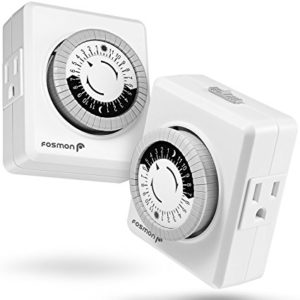
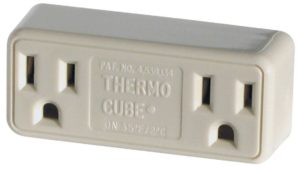
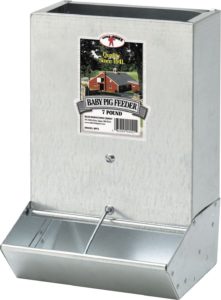
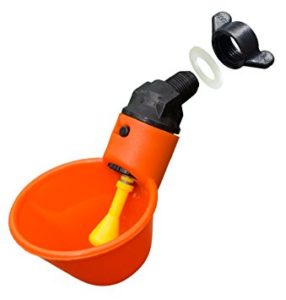

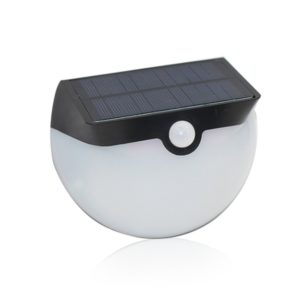
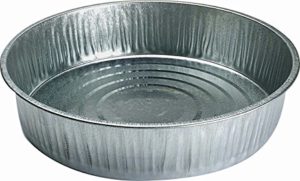













3 Comments
Hi Community Chicken people. I need some advise/information please. What causes chickens to peck open their ‘just laid’ egg’ & eat it. I have eleven chickens mostly mixes. Halve are 6 months & just started laying their pullet eggs a month ago. The other halve are 3-4 yrs. old hens. Is there anything I can do to stop this activity. We feed organic laying pellets & supplement with Happy Hen meal worms as a treat once a day. They get greens from the garden & crushed egg shells mixed in with their food. They also get some compost ingredients before I add it to the dirt pile. Any suggestion/advise will be greatly appreciated. Thank you.
Sally Jo
In my experience, the broken eggs are just plain tasty. My chickens will eat broken eggs and I’m sure many times I never even know about it. There has never been an issue with my birds eating intact whole eggs – if that were the case, the offenders would likely continue doing so. The only solution is to get rid of the birds “breaking the rules”. The egg protein & fats are good for your chickens and the added mealworms assist with providing an extra dose of nutrition. Perhaps scramble and cook some eggs for your birds and give them plenty of activities to do…boredom is a recipe for bad behavior. If you think eggs are naturally breaking – check their shell hardness. If they are weak, give more oyster shell supplement mixed in with their daily feed. At one point, I had a hen who’s shells were consistently weak even after weeks of additional oyster shell (added calcium). Unfortunately, she had to be culled from the flock for this reason – the problem was solved.
Hi Salley,
There are many reasons for a hen to start pecking eggs, and getting them to turn that bad habit around can be difficult. Here are a few articles to help you out.
https://www.communitychickens.com/how-to-stop-an-egg-eating-chicken/
https://www.communitychickens.com/egg-eating-chickens/
https://www.communitychickens.com/backyard-chickens-and-egg-eating/
https://www.communitychickens.com/what-would-you-do-my-chickens-are-eating-all-their-eggs/